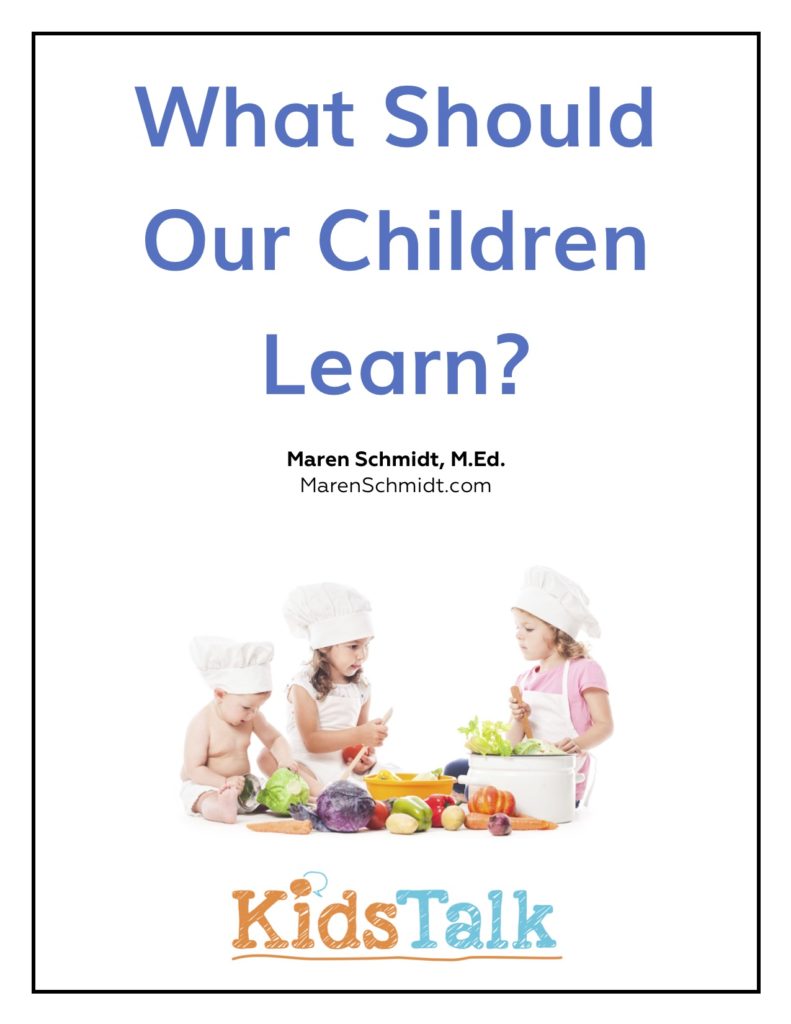
Many things in life seem to be a closed system, as if certain concepts flow through an electric circuit.
To get respect, give respect. To have a friend, be a friend. Care for others and they’ll care for you.
The key to success in learning to care is in understanding what actions constitute caring, just as we might ask what actions show respect or friendship.
Friendship, respect and caring all begin with an individual’s taking responsibility for their own needs and desires.
At some point a child comes to the realization that others have needs and desires that may or may not be similar his or her needs.
It becomes important for us, then, to help young children under the age of six to learn how to do for themselves. Our young children are capable of doing so many caring tasks, from caring for their personal needs, caring for their homes and schools both indoors and out, and caring for others.
The word manners comes from the Latin manus or hand. Manners or caring for yourself and others begins with personal skills that involve the hands. Manners are about how we use our hands to help.
Three to four-year-olds should be able to dress themselves, comb their hair, wash their face and hands, and check in the mirror to see if they are presentable.
They should be able to set the table, load the dishwasher, fix a simple snack, use child-sized scissors, sweep the floor, and much more.
Children should be shown how to handle a fragile object, how to look at a fragile object, and how to ask for assistance if they want to do something but don’t know how.
Knowing how to ask for assistance keeps a lot of “mischief” from ever happening, as well as forging strong child/adult partnerships.
Learning to care is fueled by learning how to take care of the objects and people in one’s immediate environment. J.M. Barrie, the author of Peter Pan, wrote that “for them that has china plates themsel’s is the maist careful no to break the china plates of others.”
It might follow that those who know how to take care of themselves will be careful with others.
As adults we need to model how to perform certain activities as well as give clear and concise one-on-one directions with many opportunities for the child to repeat the activity at will.
We have to childproof our homes, but more importantly we need to “adult-proof” our homes.
We need to make our homes and schools child friendly spaces where our children can continually see how to care, learn how to care, and practice taking care of themselves, their living spaces, as well as other people.
Learning to care is a learning cycle that begins with adults preparing their hearts and their homes to be places to show our children how to take care of themselves. In turn our children learn how to care for their families, their friends, their community and their world.
Children learn to care by giving their heart opportunities for expression through their hands.
Sign up below for your free guide, What Should Our Children Learn?


One Response to “Learning How to Care”